small-group-reading-instruction
Are you confused about small group reading? There are so many different opinions circulating around in how to set up small group reading and even, whether we should be running small group reading sessions in our classrooms. I have run small group reading sessions for over ten years now but probably not always run them in a traditional guided reading sense in that students never really did round robin reading. Yes, I did this a long time ago but I discovered pretty quickly that students not engaged in reading were getting pretty bored and I abandoned this tactic. Then, I discovered that students who found reading difficult particularly hated reading out loud in front of other students and who can blame them?!
So, for the past five years I had a solid practice for how I used small group reading in my classroom. I usually had 5-6 students in each group, they were grouped according to their phonic ability (and not their comprehension ability like some teachers prefer) and they had different levels of decodable readers. This was appropriate to the age of students in my classroom. For the students who were above decodable reading, they had early novels. I say early novels because they were more vocabulary based and not phonic based. I have always found selecting books for these students more challenging as the content is not always appropriate for such young students (e.g aged 6-7).
The skill focus in these sessions would be primarily decoding and then we would follow up with comprehension skills but these would be pretty basic. The comprehension skills would include being able to state the main story elements (such as; who, what, where, when), how the character felt and how to answer direct and indirect questions. Sometimes, we would get to the author’s purpose. We would also teach vocabulary at the point of need. My vocabulary focus would be more for whole class texts and embedded in science/HASS/math content learning areas.
How did I run these sessions? Well, we would usually begin looking at the cover of the story, make predictions, discuss background knowledge and perhaps the vocabulary in the title if need be. I also made sure that we quickly revised the phonic focus of the book. So, we would revise all graphemes that were new to the students! Then, the students would read the book quietly in a whisper voice. I then moved around to individual students to listen to them read to me. At the end of everyone reading the book (to themselves and to me), we would sometimes read it aloud altogether where I would be strongly modelling fluency. Then, we would discuss the comprehension of the story.
My sessions were usually quite short, usually around twenty minutes. So, I would use follow-up sessions to explore the book further. This worked (in my opinion).
I was NOT using the three-cuing method to promote comprehension of texts (e.g. guessing of the word) and I was NOT using predictive texts (e.g. Frank rode a bike. Frank rode a truck). All of these things I were doing were completely in line with the science of reading research….
However, as I read more from the science of reading gurus, I found that it was increasingly recommended that whole group literacy instruction should be the mainstay of instruction and not small group work. So, I had a look around at multiple literacy block examples and found that whole group reading (of decodable texts) and then partner reading times were preferred. I then decided to try this in my class. You can see a previous post where I wrote about how I changed my literacy block to suit this.
I have found this to be useful. The students now know what they are doing (so, they are well and truly trained up) and we definitely have very little time wasted. However, what I have found is that I struggle to listen to students in a 1-1 manner and gain an in depth idea of their comprehension skills for the decodable texts that they are reading. Yes, I do have a good idea for the whole-class comprehension text units and I can listen to some students read during the partner reading times, but it hasn’t been enough. I did plan to listen to reading as students arrived, and I even had a roster for this. Every class has different needs and right now my class need me to be present as they arrive to settle them and help them get organised. This means, that I cannot listen to reading in the morning!
So now what? Well, I have decided that I need to reintroduce small group reading at least once a week. I will structure a fun literacy rotation time at the end of the week. I will listen to a small group of students read, or even 1-1 while they have time to finish off project work, and engage in hands-on learning and other activities. So, it’s not to say that the literacy block hasn’t worked but I guess it just needs tweaking for my class. Having a big class changes your ability to get to all students during instruction time (or at least spend a lot of time with each student!). If the main issue with running small group rotations (including small group reading) is that your students are not on task during the rotations, then behaviour is certainly a factor and also the students are not having access to teacher instruction. For these reasons, I am scheduling small group reading into a time that students can work on other projects that I know they do not need my direct input for a short time (e.g. they are capable of doing independently) and not in our explicit literacy instruction times. Does that make sense?
There you have it. Being flexible and adaptable to your class needs is of prime importance. I will be trialling this over the next few weeks and I will get back and let you know how it is going!
What I do love about my literacy block is that the students know what is coming next and the time I have spent setting it up and teaching them how to do the tasks has really paid off. It almost runs by itself…
Tips:
- If you do not wish to change your entire literacy block yet, change ONE element or ONE day to do things the “preferred way” and then gradually build upon this.
- Try things out for a specified time (like I have over a term) and then reflect on things. What do you need to tweak? What has worked and what has not worked?
Wishing you all the best.
Kind regards,
Jennifer
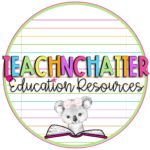
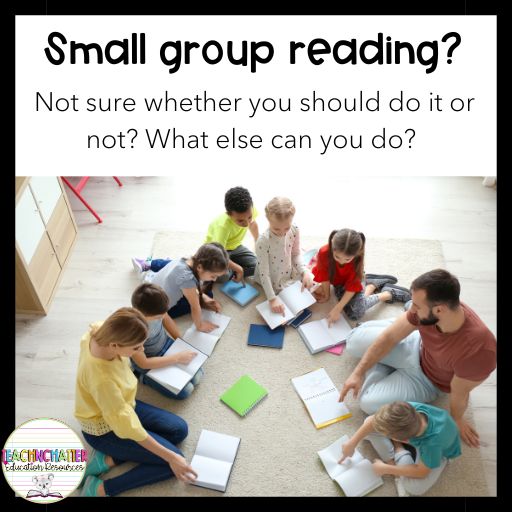


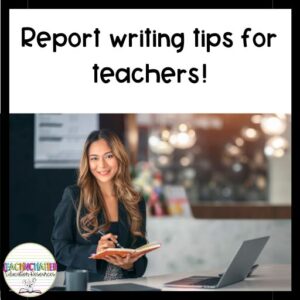
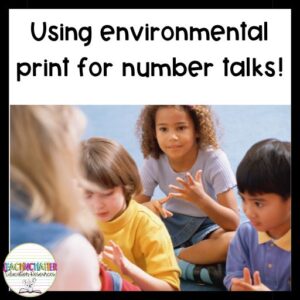
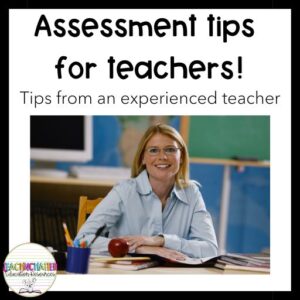
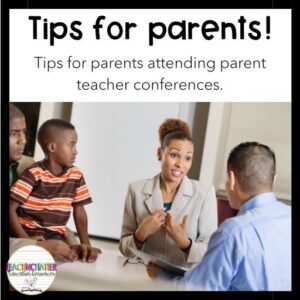
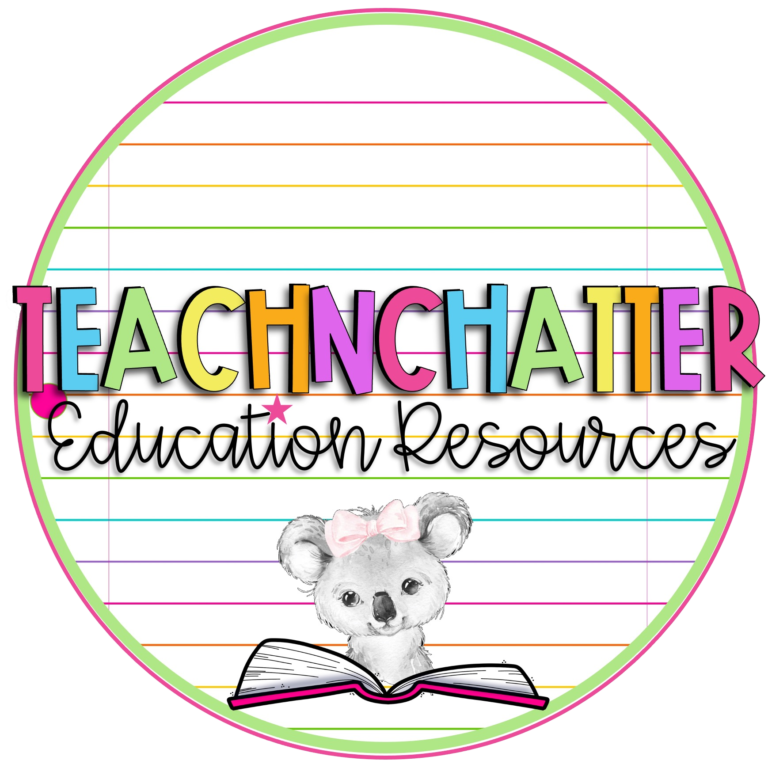

2 Responses
Have you tried Reading Progress through Microsoft? If you are a Department of Education school in WA, you have access to it through your school account. It is a program that you can use with your students on iPads to assess their oral reading. Essentially, it records them reading the text you choose (it also videos them if you want to see what they are doing while reading) so you can look at it later. It also gives you an overview of their accuracy etc if you want to use that. I would recommend looking checking it though as it not always totally correct.
I have used this in the past as one part of the group rotations for them to practise reading aloud, but not to other students, so they don’t have to ‘perform’.
Hello Jodie. Thanks for this idea. I love it! I will look into it.